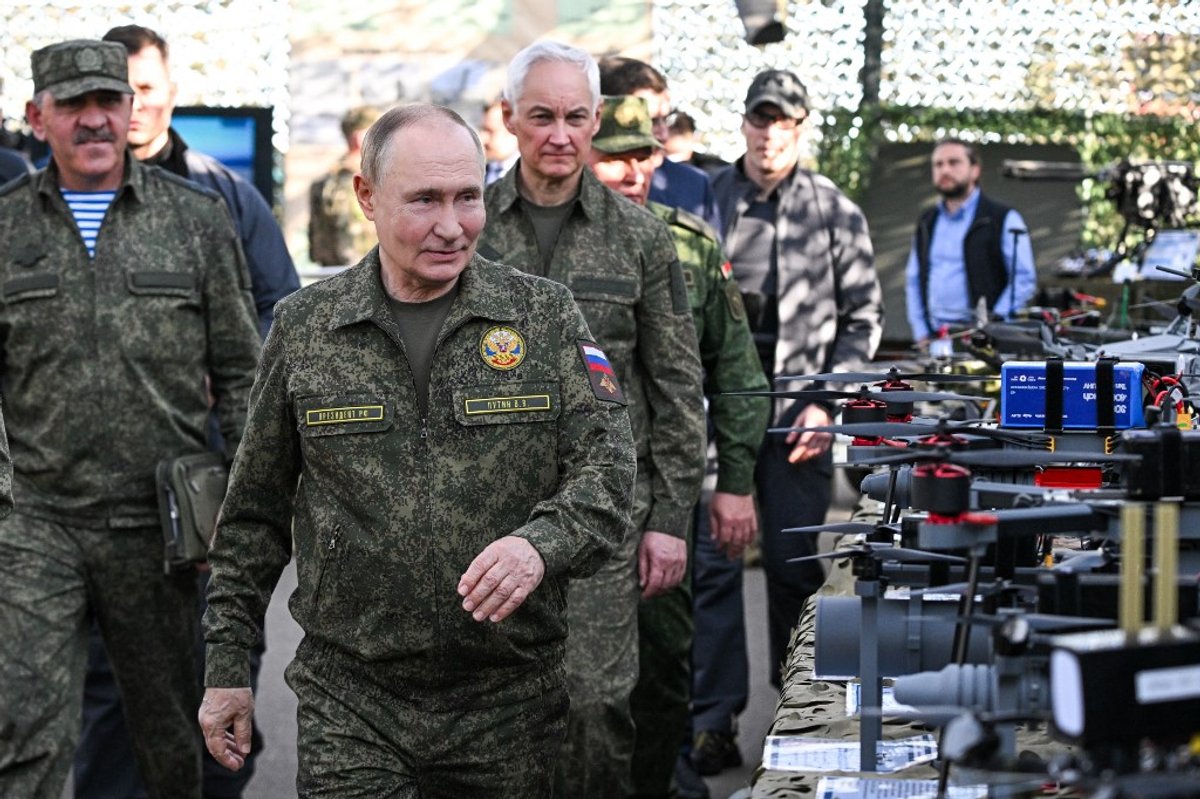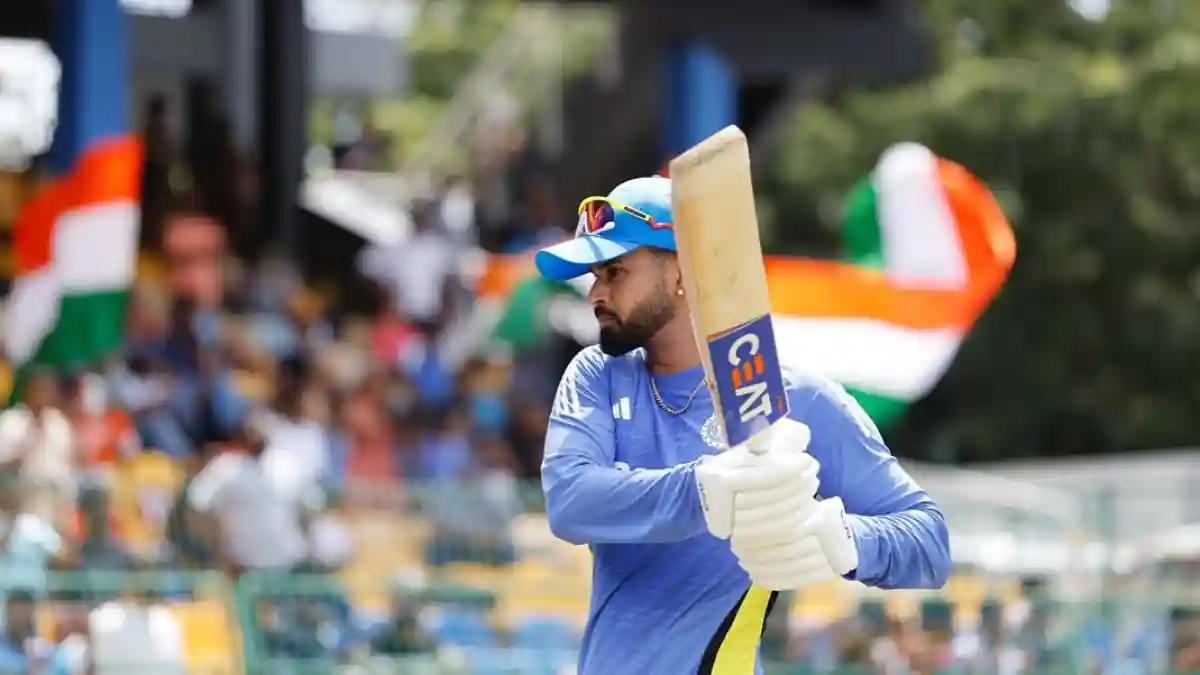By Tvp World
Copyright kyivpost

The prospect of thousands of Russian and Belarusian troops taking part in the Zapad (West) military exercises earlier this month spooked people in some Western circles.
Moscow’s full-scale invasion of Ukraine was, infamously, carried out by Russian troops who had earlier gathered in Belarus on the pretext of some fraternal wargaming with their Belarusian comrades in arms.
So, as forces arrived in Belarus for Zapad, which is normally held every two years, there was alarmist talk here and there in the West that instead of conducting harmless exercises they would push into southern Lithuania and link up with Russian forces advancing from Kaliningrad.
In the end this doomsday scenario proved to be completely misplaced. Rather than being a show of force that would induce serious Western knee-trembling, Zapad, which ran from September 12-16, proved to be somewhat half-baked.
To begin, there were the numbers, or lack of them.
Estimates vary on how many personnel were involved in Zapad 2025, but a statement published by Lithuanian intelligence statement on August 22 put the figure at 30,000 in total with around 6,000-8,000 in Belarus and “several thousand” in Kaliningrad.
The number of Russian troops in Belarus was estimated to be around 2,000.
While the participation of air-force and navy personnel boosted numbers, the total was still well short of Zapad 2021 when some 200,000 troops, including 12,800 in Belarus, took part in exercises stretching across 14 Russian regions and Belarus.
The reason for this is the Ukraine war. It has absorbed most of the Russian army leaving it with little to spare for exercises in a foreign land. In contrast, the Union Resolve exercise, carried out not long before the 2022 invasion of Ukraine, involved 30,000 Russian troops based in Belarus.
While Moscow tried to offset the rather poor optics of low troop numbers with the firing of cruise missiles over the Barents Sea, it could not hide the fact that it is scrambling around to find personnel; not a good look for a country that likes to portray itself, especially to Trump, as a global superpower.
Foreign arrivals
But Zapad did provide Moscow with some political bonus points.
To begin with there was the presence of the two U.S. military observers. Invited by the Belarusians, they provided a veneer of normality and Western approval of the exercises that was, no doubt, relished by the Russians.
“By having the Belarusians invite the American observers they [the Russians] can say, ‘Well, look at this transparency we’re gaining here. Everyone in the West is terrified of these big bad Russian military exercises, but here we have observers, reducing the threat, and creating a nice picture,’” Peter Dickenson, from the Atlantic Council’s Eurasia Center, told TVP World.
Along with the American observers were other foreign contingents at Zapad, six of whom, all from the Southern hemisphere, participated in the military exercises.
While the size of the participating contingents were very small, with the one from India, for example, consisting of just 65 personnel, they helped Russia portray itself as a country that has the support of the Global South and one that offers an alternative direction of development to that offered by a Western world which has, in the past, acted like something of a bully.
“The Indians feel very aggrieved about the way Trump has treated them, and they clearly want to demonstrate that they are not going to be pushed around,” said Dickenson about the Indian presence at Zapad, which followed the U.S. president slapping tariffs on Indian for refusing to comply with American demands for it to stop buying Russian oil.
“So, I think their participation in this exercise is a very important step for them, and that would have sent a message to the wider Global South that the West is no longer in a position to dictate to the Global South, and that countries can forge their own paths and not fear Western retribution or American retribution.”
Zapad also helped cement Russia’s iron grip on Belarus. The country’s president, Aleksander Lukashenko, has been trading Belarus’s independence for Moscow’s help in maintaining his political survival for several years now, and the military exercises this month was just another step in this process.
Writing for Atlantic Council think-tank on September 11, Hanna Liubakova, an exiled Belarusian journalist and a non-resident fellow at the Counci, said: “This week’s Zapad 2025 military exercises will underline the transformation of Belarus into a forward base for the Russian army and will further normalize Moscow’s military footprint in the country.”
Moscow can use a pliant Belarus to destabilize the West, while the presence of Russian troops and military equipment in the country, although small in numbers, can induce a feeling of dread in Western minds that undermines solidarity while spawning hesitancy over taking decisive action against Russia in Ukraine.
Putin his best foot forward
Despite the reduced size of Zapad 2025, Vladimir Putin made an appearance, viewing the exercises and meeting some of the foreign personnel taking part.
Notably, he wore a military uniform, only the second time he has donned one since his troops launched their full-scale invasion of Ukraine three years ago.
The Institiute for the Study of War, a Washington-based think tank, wrote that the Russian president probably wore the uniform “to posture Russian-Belarusian military strength against the backdrop of recent Kremlin kinetic and rhetorical escalation against NATO states neighboring Russia, such as Poland and Norway, and repeated Russian threats against the Baltic states and Finland.”
But while the cut of his military clothes was sharp, they failed to cover over perhaps the most obvious feature of Zapad 2025; that Russia has poured everything it has into Ukraine and has very little left to spare.



